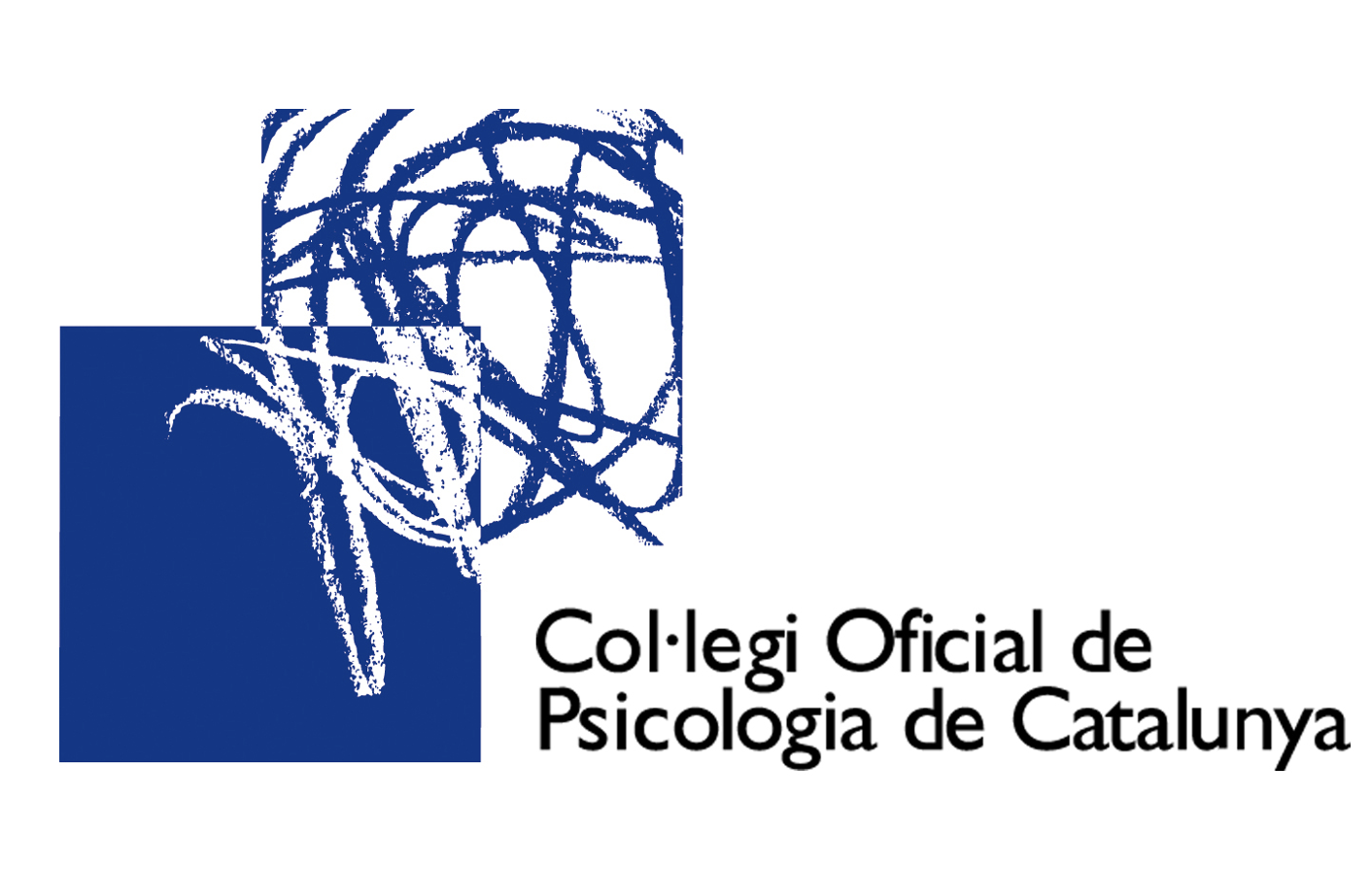Cult dependency: affiliation to a cult as addictive behavior.
DOI:
https://doi.org/10.33898/rdp.v20i78/79.829Keywords:
sect, cult, addiction, dependence, behavioral addictions, sectariandependence, coercitive persuasion, leadership, personality, brain biochemistry, anxietyAbstract
This article questions the attribution of the sectarian problems to the coercive techniques applied upon the adepts. By contrast, this article locates the genesis of the problem in the subject’s psycho-social factors (pre-sectarian personality) that increase their vulnerability and facilitate the process of their submission and dependence from the group. Only when such dependence becomes noticeable, the coercive strategies fated to exploit the adept can become effective. The ultimate expression of group-dependence is the sectariandependence, which is an addictive track that shares similar psychosocial triggers, in addition to the same biochemical brain processes with addictions to substances (alcohol, tobacco, illegal drugs, etc.) or behavioral addictions (gambling, shopping, work, etc.). The extreme attachment to a “sect” is fundamentally attributable (but not only) to the fact that it acts as an anxiety reducer. And this is more effective and desirable the more fragile the psychosocial profile of a subject may have become, previous to his affiliation to the sect.
Downloads
Downloads
Published
How to Cite
Issue
Section
License
Authors who publish in this journal accept the following conditions:
-
Authors retain copyright and grant the journal the right of first publication, with the work registered under the Creative Commons CC-BY-NC 4.0 International license. This license allows third parties to cite the text and use it without alteration and for non-commercial purposes, provided they credit the authorship of the work and its first publication in this journal.
-
Authors may enter into other independent and additional contractual agreements for the non-exclusive distribution of the version of the article published in this journal (e.g., including it in an institutional repository or publishing it in a book), provided they clearly indicate that the work was first published in this journal.
-
The views expressed in the articles are solely the responsibility of the authors and in no case do they reflect the opinions or scientific policies of the journal.









